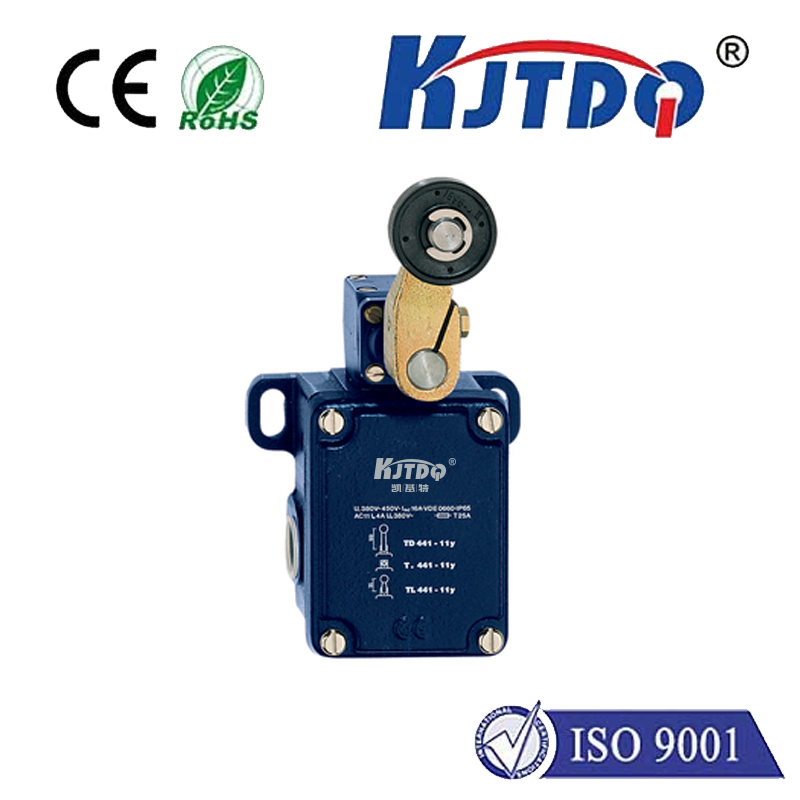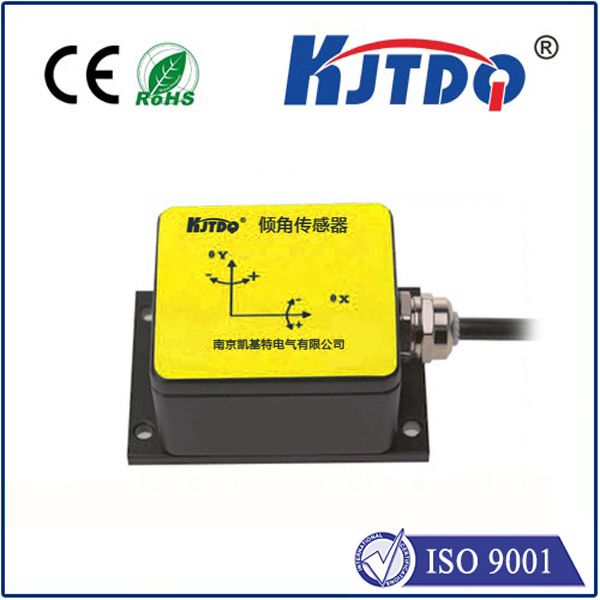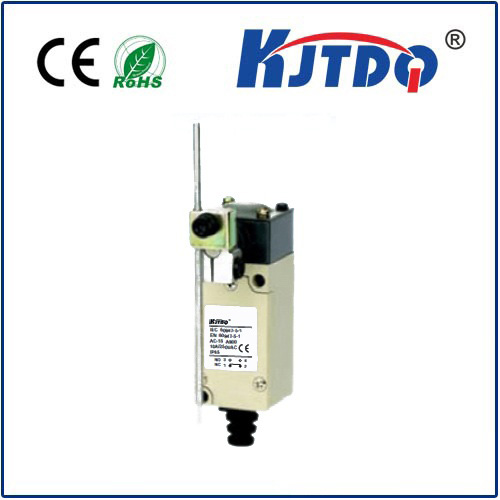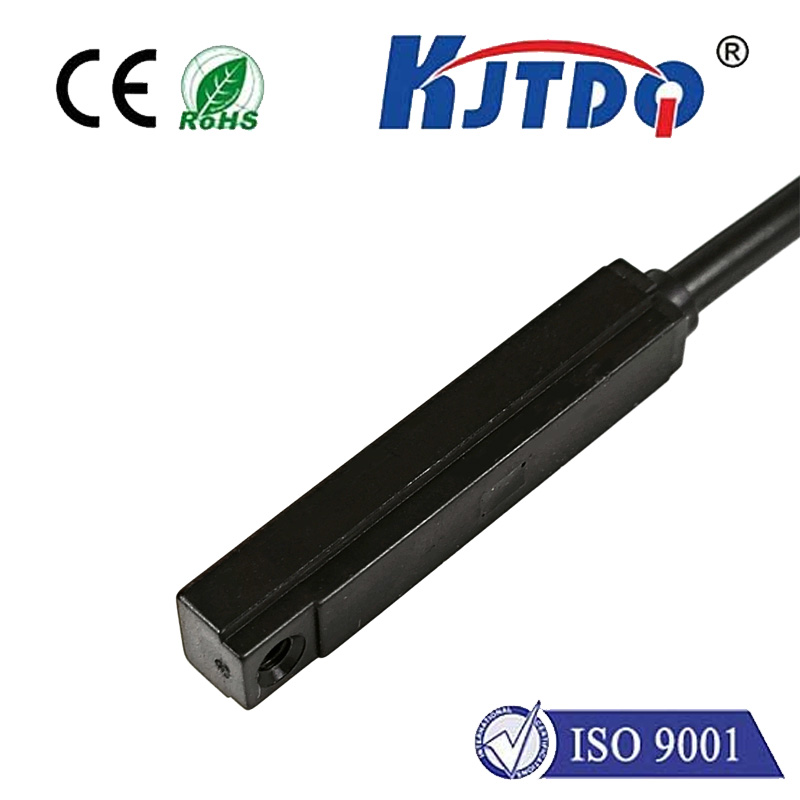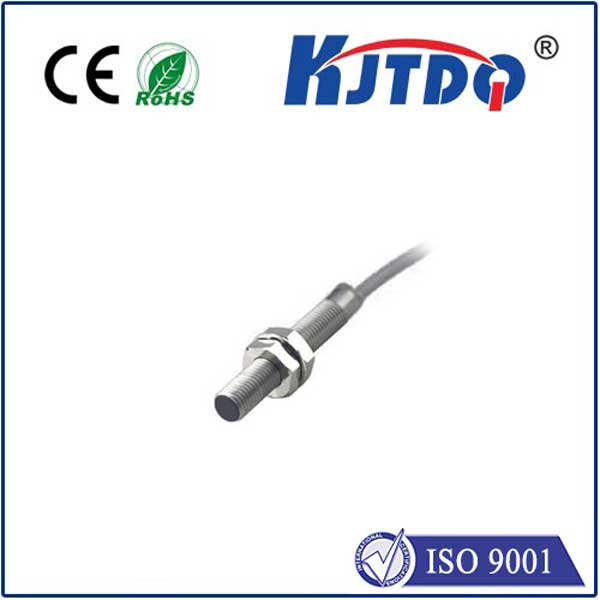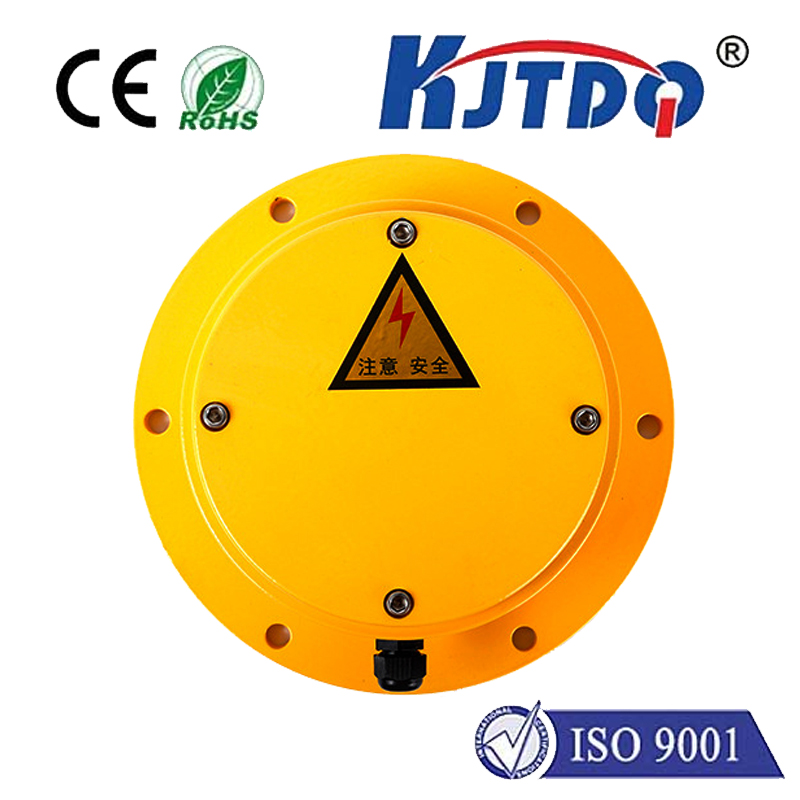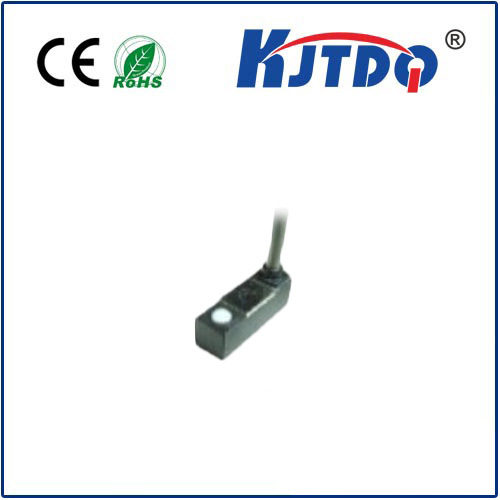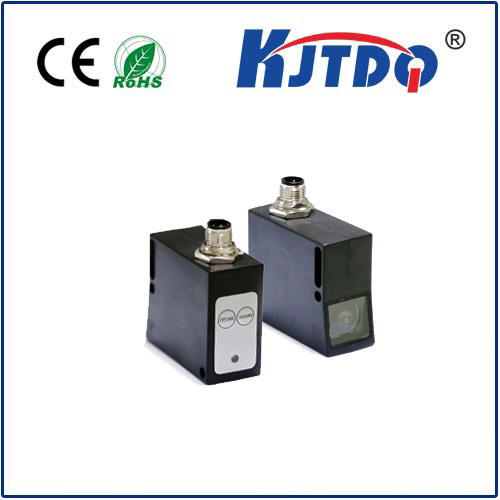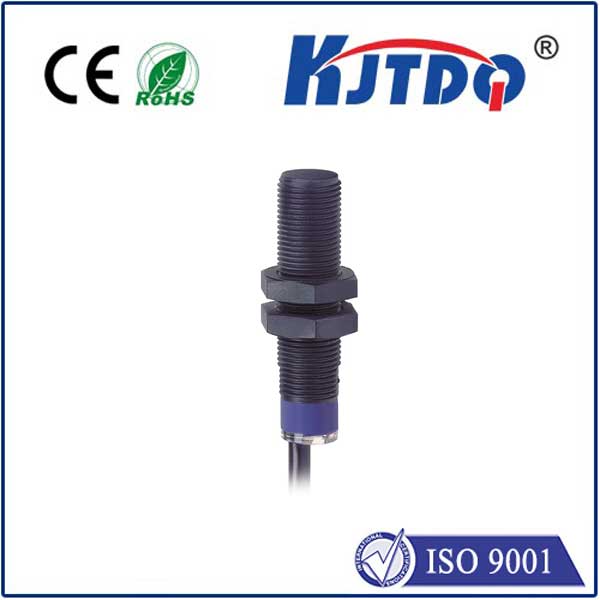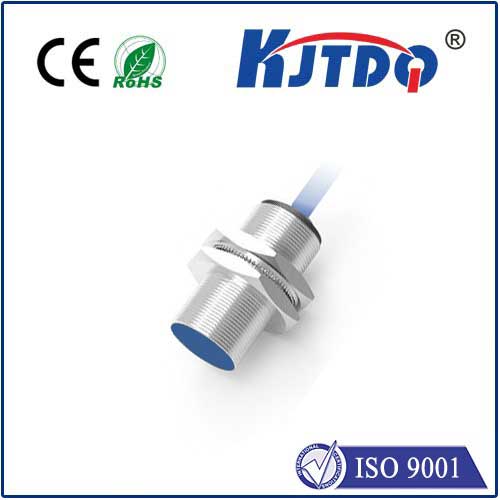Radar Level Sensor Price: A Guide to Cost-Effective Monitoring Solutions
In today’s industrial landscape, accurate and reliable monitoring is essential for maintaining efficiency and safety. One of the most critical components in process control systems is the radar level sensor, which plays a vital role in measuring the level of liquids, solids, or gases in storage tanks, vessels, and other containers. As industries continue to evolve, the demand for high-performance radar level sensors has grown, and with it, the question of their price becomes increasingly relevant.
Radar level sensors operate by emitting electromagnetic waves and measuring the time it takes for the waves to return after reflecting off the surface of the material being measured. This technology is non-contact, making it ideal for applications where traditional level sensors may be impractical or inaccurate. Unlike ultrasonic or capacitive sensors, radar sensors are less susceptible to interference and can function in a wide range of environments, including those with high temperatures or humidity.

The price of radar level sensors can vary significantly depending on factors such as the type of sensor, the technology used, the brand, and the specific application requirements. High-precision models, often used in critical processes such as chemical manufacturing or pharmaceutical production, tend to be more expensive than basic models designed for general use. Additionally, the installation cost and maintenance requirements can also impact the overall price.
For businesses looking to invest in radar level sensors, it is important to consider the long-term cost savings that come with the technology. While the initial investment may be higher, radar sensors offer improved accuracy, reliability, and longevity, which can reduce the need for frequent replacements or repairs. This makes them a cost-effective solution in the long run, especially in industries where downtime can lead to significant financial losses.
Another factor to consider is the availability of suppliers and dealers. In many regions, radar level sensors are readily available from both domestic and international suppliers, offering competitive pricing and a wide range of product options. Companies that offer customized solutions or after-sales support can further enhance the value proposition of the sensors.
In summary, the price of radar level sensors is influenced by multiple factors, including technology, brand, application, and service. While the initial cost may be higher, the benefits of using radar level sensors—such as accuracy, reliability, and long-term cost savings—make them a valuable investment for any industrial operation. By carefully evaluating the cost-benefit ratio and selecting the right sensor for their specific needs, businesses can ensure they are making an informed and strategic decision.
Key Considerations for Choosing Radar Level Sensors:
By understanding the price of radar level sensors and the factors that influence it, businesses can make informed decisions that align with their operational goals and financial constraints. In an era where technology is constantly advancing, investing in high-quality radar level sensors is not just a matter of performance—it is a strategic move toward operational excellence.
